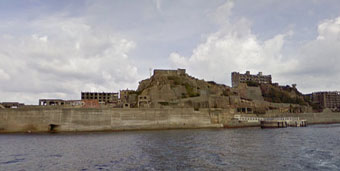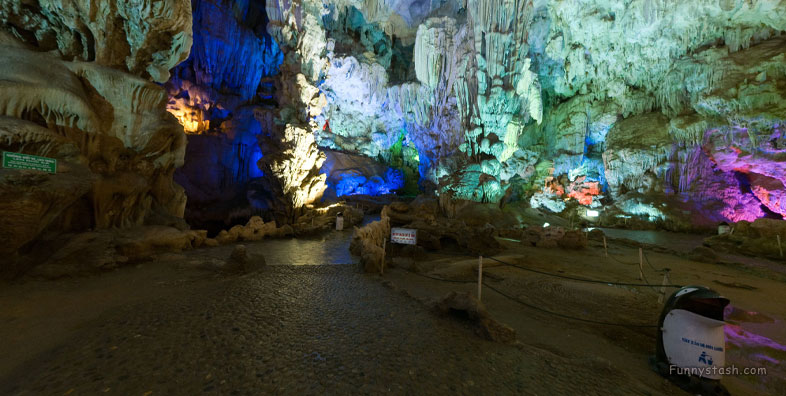Come with Funnystash to their Mountain Grottoes China in these Panorama360s
Link Location Gps ← Find Best directions
Gps Coordinates / 34.3502235,106.0060501
Mountain Buddhist Cave Grottoes China Tourism VR Map Links
Maiji District, Tianshui, China
Maichishan, are a series of 194 caves cut in the side of the hill of Majishan in Tianshui, Gansu Province, northwest China. This example of rock cut architecture contains over 7,200 Buddhist sculptures and over 1,000 square meters of murals. Construction began in the Later Qin era (384-417 CE). They were first properly explored in 1952-53 by a team of Chinese archeologists from Beijing, who devised the numbering system still in use today.
GPS Coordinates / 34.3502235,106.0060501
The name Maijishan consists of three Chinese words (麦积山) that literally translate as "Wheatstack Mountain", but because the term "mai" (麦) is the generic term in Chinese used for most grains, one also sees such translations as "Corn rick mountain". They are just one of the string of Buddhist grottoes that can be found in this area of northwest China, lying more or less on the main routes connecting China and Central Asia.
Gps Coordinates / 34.3470126,106.0106917
History
Cave shrines in China probably served two purposes: originally, before Buddhism came to China, they may have been used as local shrines to worship one's ancestors or various nature deities. With the coming of Buddhism to China, however, influenced by the long tradition of cave shrines from India (such as Ajanta) and Central Asia (primarily Afghanistan), they became part of China's religious architecture.
Buddhism in this part of China spread through the support of the Northern Liang (北凉), which was the last of the "16 Kingdoms" that existed from 304-439 CE—a collection of numerous short-lived sovereign states in China. The Northern Liang were Xiongnu, "barbarians". It was during their rule that cave shrines first appeared in Gansu Province, the two most famous sites being Tiandishan ("Celestial Ladder Mountain") south of their capital at Yongcheng, and Wenshushan ("Manjusri's Mountain" ), halfway between Yongcheng and Dunhuang. Maijishan was most likely started during this wave of religious enthusiasm.
Aerial View of the Mountain Buddhist Cave Maiji Grottoes
























